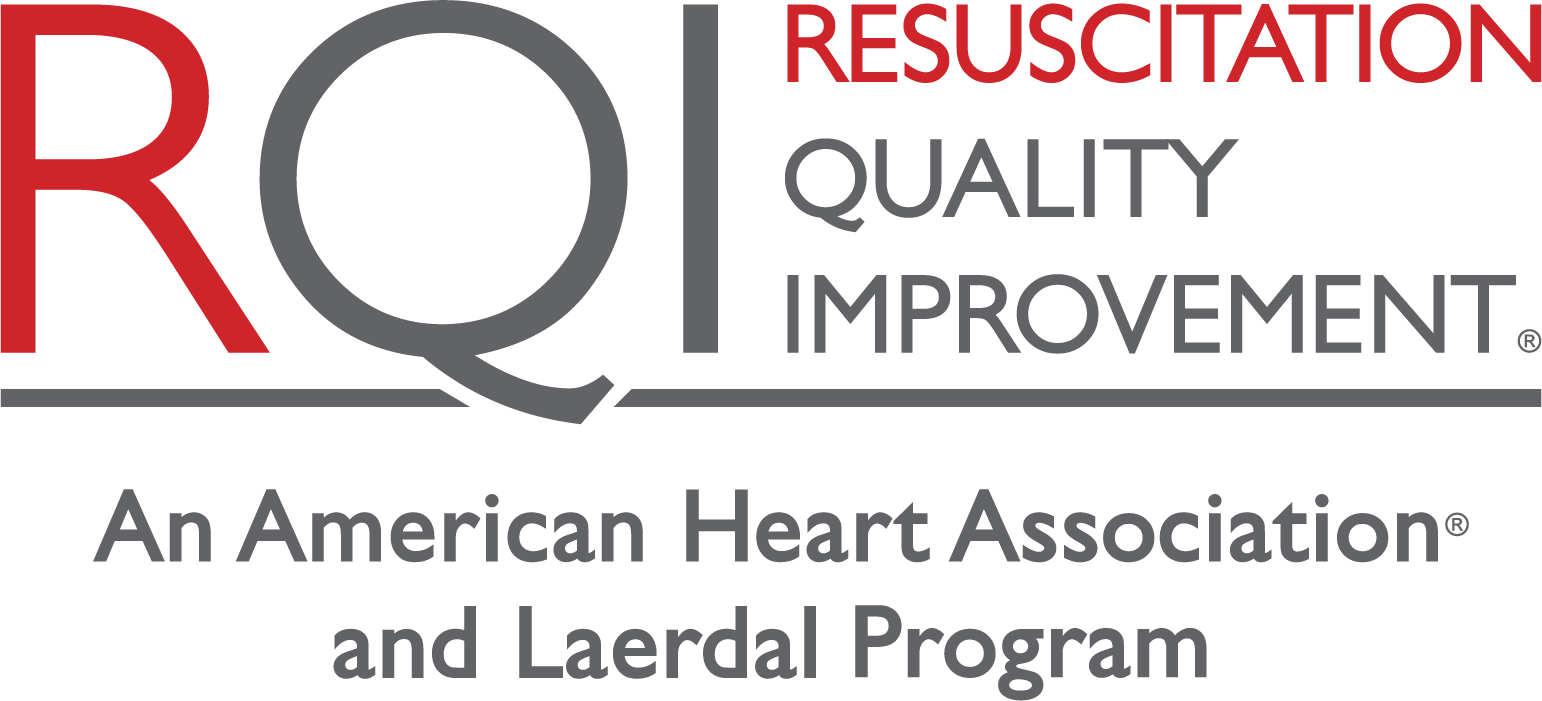Cheng, A et al. AHA Circulation. 2020;142:551-579
Importance of Conclusion
These guidelines contain recommendations for the design and delivery of resuscitation training for lay rescuers and healthcare providers. The provision of effective education is highly dependent on the instructional design of educational programs because this determines how content is delivered to the learner.
Key Points
- Effective education is an essential contributor to improved survival outcomes from cardiac arrest.
- Use of a deliberate practice and mastery learning model during resuscitation training improves skill acquisition and retention for many critical tasks.
- The addition of booster training to resuscitation courses is associated with improved cardiopulmonary resuscitation (CPR) skill retention over time and improved neonatal outcomes.
- Implementation of a spaced learning approach for resuscitation training improves clinical performance and technical skills compared with massed learning.
- The use of CPR feedback devices during resuscitation training promotes CPR skill acquisition and retention.
- Teamwork and leadership training, high-fidelity manikins, in situ training, gamified learning, and virtual reality represent opportunities to enhance resuscitation training that may improve learning outcomes.
- Self-directed CPR training represents a reasonable alternative to instructor-led CPR training for lay rescuers.
- To increase bystander CPR rates, CPR training should be tailored to low–socioeconomic status neighborhoods and specific racial and ethnic communities, where there is currently a paucity of training opportunities.
- Future resuscitation education research should include outcomes of clinical relevance, establish links between performance outcomes in training and patient outcomes, describe cost-effectiveness of interventions, and explore how instructional design can be tailored to specific skills.
